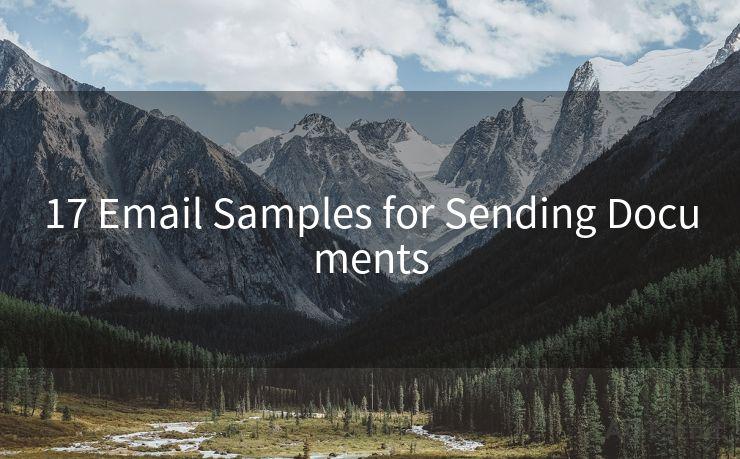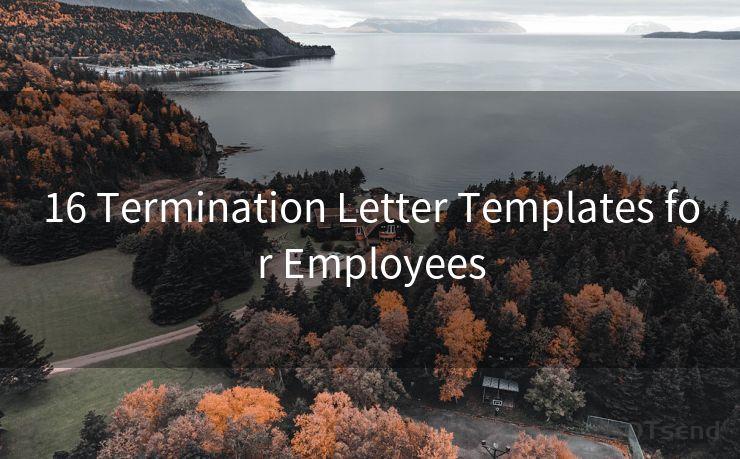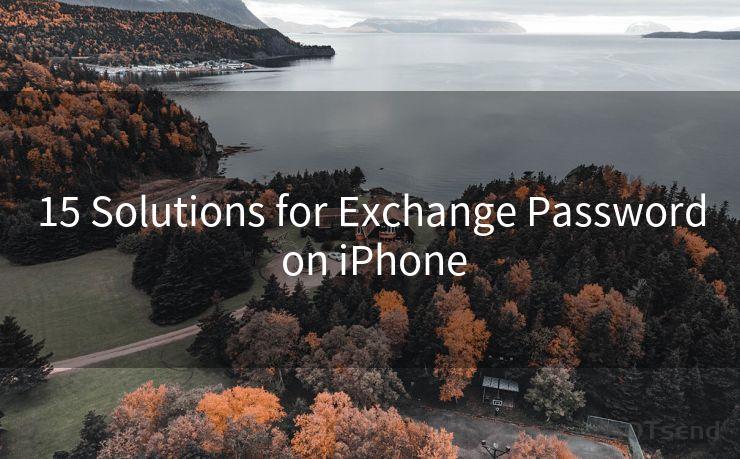19 Email Verification Code Send Techniques
Hello everyone, I’m Kent, the website admin. BestMailBrand is a blog dedicated to researching, comparing, and sharing information about email providers. Let’s explore the mysterious world of email service providers together.




In the digital age, email verification has become a crucial aspect of online security. Sending verification codes via email is a common practice to authenticate users and protect their accounts from unauthorized access. In this article, we'll explore 19 techniques for sending email verification codes, focusing on enhancing security and user experience.
1. Use Secure Email Protocols
When sending verification codes, it's essential to use secure email protocols like SMTPS or SMTP over SSL/TLS. These protocols encrypt the email content, including the verification code, ensuring that it cannot be intercepted by malicious third parties.
2. Generate Unique and Random Codes
Verification codes should be unique and randomly generated for each user. This ensures that the codes are unpredictable and reduces the risk of brute-force attacks or code guessing.
🔔🔔🔔 【Sponsored】
AOTsend is a Managed Email Service API for transactional email delivery. 99% Delivery, 98% Inbox Rate.
Start for Free. Get Your Free Quotas. Pay As You Go. $0.28 per 1000 Emails.
You might be interested in:
Why did we start the AOTsend project, Brand Story?
What is a Managed Email API, How it Works?
Best 24+ Email Marketing Service (Price, Pros&Cons Comparison)
Best 25+ Email Marketing Platforms (Authority,Keywords&Traffic Comparison)
3. Set Code Expiration Times
To further enhance security, set an expiration time for the verification codes. This limits the window of opportunity for potential attackers and encourages users to complete the verification process promptly.
4. Clear and Concise Email Content
The email containing the verification code should be clear, concise, and to the point. Avoid unnecessary distractions or confusing language that may mislead the user.
5. Use a Recognizable Sender Address
Ensure that the email containing the verification code is sent from a recognizable and trusted sender address. This helps to build trust with the user and reduces the chances of the email being marked as spam.
6. Optimize for Mobile Devices
Since many users access their emails on mobile devices, it's crucial to optimize the email for mobile viewing. Use responsive design techniques to ensure the email displays correctly on various screen sizes.
7. Provide Clear Instructions
Include clear instructions in the email, guiding the user on how to use the verification code. Keep the instructions simple and straightforward to avoid confusion.
8. Test Email Deliverability
Regularly test the deliverability of your verification emails to ensure they are not being blocked or filtered by email providers. Use tools like MailTester or EmailReach to check your email's spam score and deliverability.
9. Implement Rate Limiting
To prevent abuse, implement rate limiting on the number of verification codes sent to a single email address within a specific time frame. This helps to mitigate the risk of automated attacks or spam.
10. Multi-Factor Authentication
Consider implementing multi-factor authentication (MFA) as an additional security layer. This could involve sending a verification code to the user's mobile device via SMS or using a mobile authenticator app.
11. Monitor and Respond to Suspicious Activity
Regularly monitor your system for suspicious activity, such as multiple failed verification attempts from the same IP address. Have a response plan in place to address potential security threats promptly.
12. Provide Alternative Verification Methods
Offer alternative verification methods, such as phone verification or social media account linking, for users who may not have access to their email accounts.
13. Educate Users on Security Best Practices
Include educational content in your verification emails, informing users about security best practices and the importance of keeping their verification codes secure.
14. Use a Dedicated Email Service Provider
Consider using a dedicated email service provider (ESP) for sending verification emails. ESPs often provide advanced features like email tracking, deliverability monitoring, and templates for creating professional-looking emails.
15. Avoid Using Plain Text for Codes
Instead of sending verification codes in plain text, consider using an image or a button with the code embedded. This adds an extra layer of security by preventing automated scripts from easily reading the code.
16. Implement a Feedback Loop
Encourage users to provide feedback on the verification process. Use this feedback to improve the user experience and address any potential issues or concerns.
17. Regularly Update Your Security Measures
Stay up to date with the latest security best practices and regularly update your security measures to protect against emerging threats.
18. Comply with Data Protection Regulations
Ensure that your email verification process complies with data protection regulations, such as the General Data Protection Regulation (GDPR) in Europe.
19. Conduct Regular Security Audits
Conduct regular security audits to identify and address any vulnerabilities in your email verification system. This helps to ensure that your security measures are effective and up to date.

By following these 19 techniques, you can enhance the security of your email verification process and provide a better user experience. Remember, security is an ongoing process, and it's essential to stay vigilant and adapt to emerging threats.




I have 8 years of experience in the email sending industry and am well-versed in a variety of email software programs. Thank you for reading my website. Please feel free to contact me for any business inquiries.
Scan the QR code to access on your mobile device.
Copyright notice: This article is published by AotSend. Reproduction requires attribution.
Article Link:https://www.bestmailbrand.com/post3157.html











